This was published 3 years ago
Mysterious monoliths: What on Earth are they? Here's what we know
By Siobhan Downes
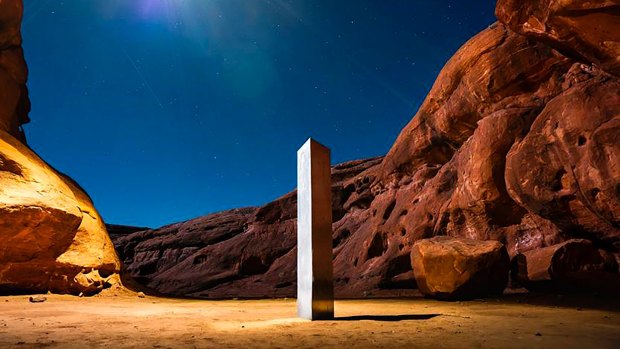
The Utah monolith that started the whole saga.Credit: AP
A mysterious metal monolith has been found planted in the ground in a remote part of the United States. The object was spotted in Utah by state officials who were helping to count sheep from a helicopter.
Just when we thought 2020 couldn't get any weirder, along came the monoliths.
These mysterious metal slabs have popped up in Utah, Romania, California and most recently, the Netherlands. They don't stick around for long, disappearing with as little warning as their arrival.
The internet has been awash with theories over the sudden appearance of these strange structures. Could it be aliens? An art installation? An elaborate marketing ploy?
A week is a long time in monolith news, so here's what we know so far – and what we still don't.
What actually is a monolith?
According to the Collins Dictionary, a monolith is a "very large, upright piece of stone, especially one that was put in place in ancient times".
Stonehenge is perhaps the most famous example of a collection of monoliths.
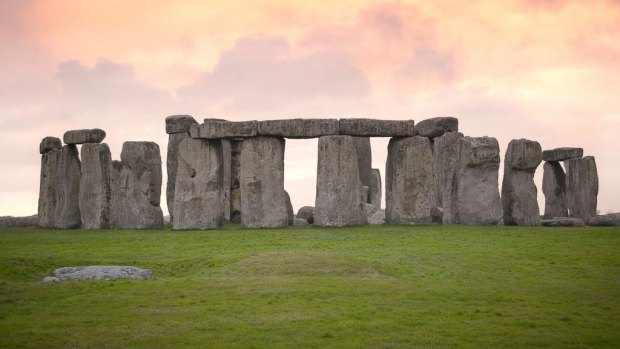
But the latest monuments have been compared to those in Stanley Kubrick's classic sci-fi film 2001: A Space Odyssey, based on the Space Odyssey series by Arthur C. Clarke.
In the film and books, monoliths are planted by aliens to trigger a leap in human evolution.
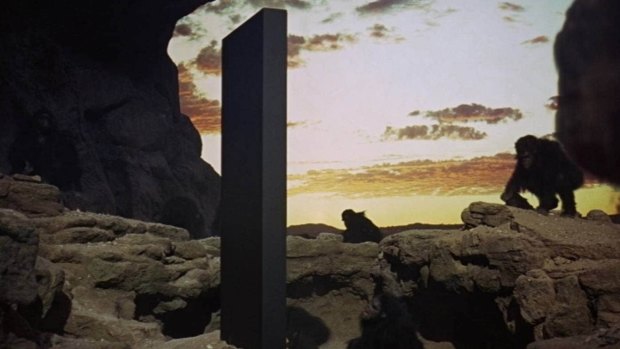
Where have the latest monoliths been found?
At this point it seems like every day there is a new monolith, so here is a timeline of monolith activity.
November 18: The monolith that kicks off the whole saga is discovered in Utah's Red Rock Country.
The Utah Department of Public Safety alerts the public to the finding in a statement on its website, saying there is "no obvious indication of who might have put the monolith there".
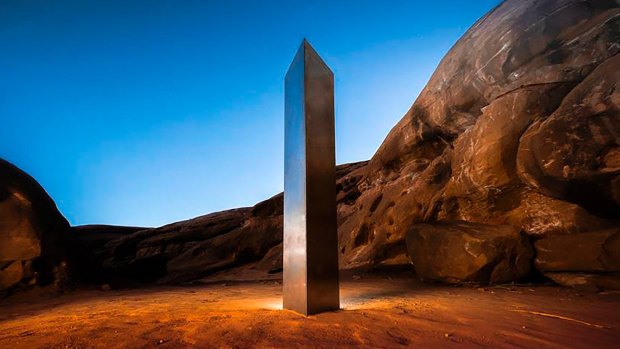
Credit: AP
The department doesn't reveal the exact location of the structure, worried that people will try to find it and get lost in the remote desert. However, internet sleuths use Google Earth to pinpoint its position. They also find the monolith was likely installed sometime between August 2015 and October 2016.
November 27: After being swamped with intrepid tourists wanting to pose for a photo with the mysterious monolith, it suddenly disappears.
A video emerges on Instagram showing four men dismantling and removing the structure, saying they did so for environmental reasons.
Meanwhile, a second monolith appears – this time in Romania. The object is found close to an important archaeological site outside Piatra Neamt in the northern part of the country.
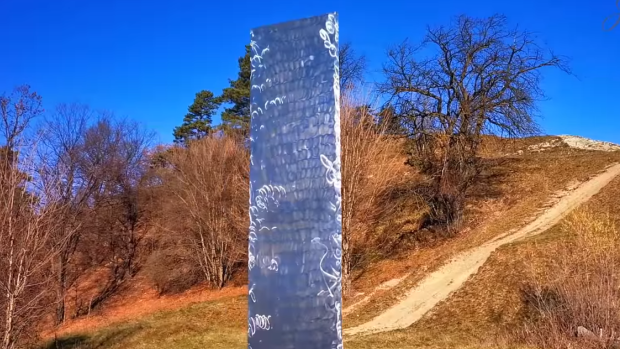
December 1: Just days after its discovery, the Romanian monolith also vanishes, leaving nothing but a "small hole covered by rocky soil", according to Reuters.
There is no explanation for its disappearance, but local police confirm they have launched an investigation into the illegally-installed structure.
December 2: A third monolith is found in California, at the top of a hiking path on Pine Mountain in Atascadero.
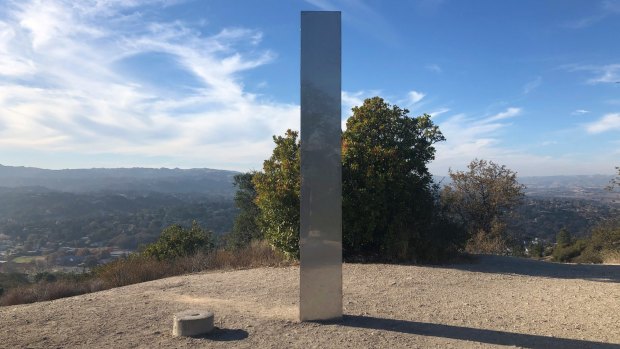
Credit: AP
The following day, a group of men livestream a video of themselves toppling the metal sculpture and replacing it with a wooden cross, while chanting "America first" and "Christ is king".
Atascadero mayor Heather Moreno expresses her disappointment, saying the monolith was "something unique and fun in an otherwise stressful time".
On December 5, city officials confirm the monolith has been re-erected.
December 5: On the same day, a fourth monolith is reported in Pittsburgh, Pennsylvania, while a fifth is spotted in Las Vegas.
The Pittsburgh monolith is located outside a store called Grandpa Joe's Candy Shop. However, the shop's owner confesses it has been specially commissioned in a bid to attract more customers.
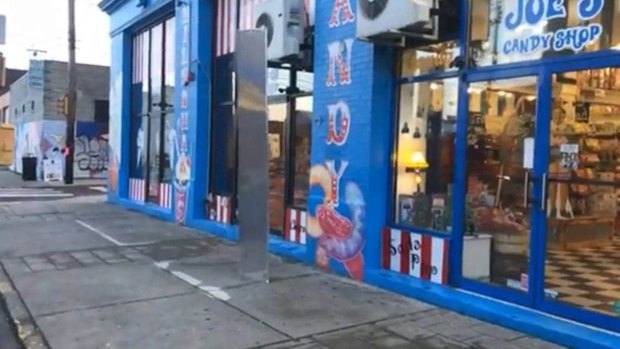
No one owns up to the Las Vegas monolith, which is positioned on Fremont Street in downtown Las Vegas, but several casino companies are suspiciously quick to share photos of the new attraction.
December 6: A sixth monolith is discovered by walkers in a nature reserve near the village of Oudehorne in the Netherlands. It is surrounded by water and covered in ice.
Local media speculate it's some kind of publicity stunt.
Where do the monoliths come from?
No one knows for sure, and that's a big part of the fun. Especially at a time when the world needs a bit of distraction.
Naturally, social media has run rampant with theories, with some convinced the monoliths have extra-terrestrial origins.
So far, only US-based group of stunt artists called The Most Famous Artist has claimed responsibility for the Utah and California monoliths, and is selling similar statues on its website for $US45,000 ($A60,550).
Others believe the Utah monolith may have been the work of minimalist sculptor John McCracken, who died in 2011.
His son told the New York Times the artist had once said he would like to "leave his artwork in remote places to be discovered later".
There has also been some suspicion that the monoliths are all part of a yet-to-be-revealed viral ad campaign, and certainly, several brands have already been piggybacking off the monolith momentum.
Then there's those who think some questions are best left unanswered.
"The Utah work is a slice of the future set in a prehistoric past, absolutely alien and incomprehensible in the landscape," De Montfort University professor I.Q. Hunter told CNN.
"It would be a pity if we discovered what the Utah sculpture was, as that would lessen its mystery."
See also: I spent $1500 on lunch, and it was the weirdest meal of my life
See also: America's Uluru: A strange and controversial first monument
Sign up for the Traveller newsletter
The latest travel news, tips and inspiration delivered to your inbox. Sign up now.